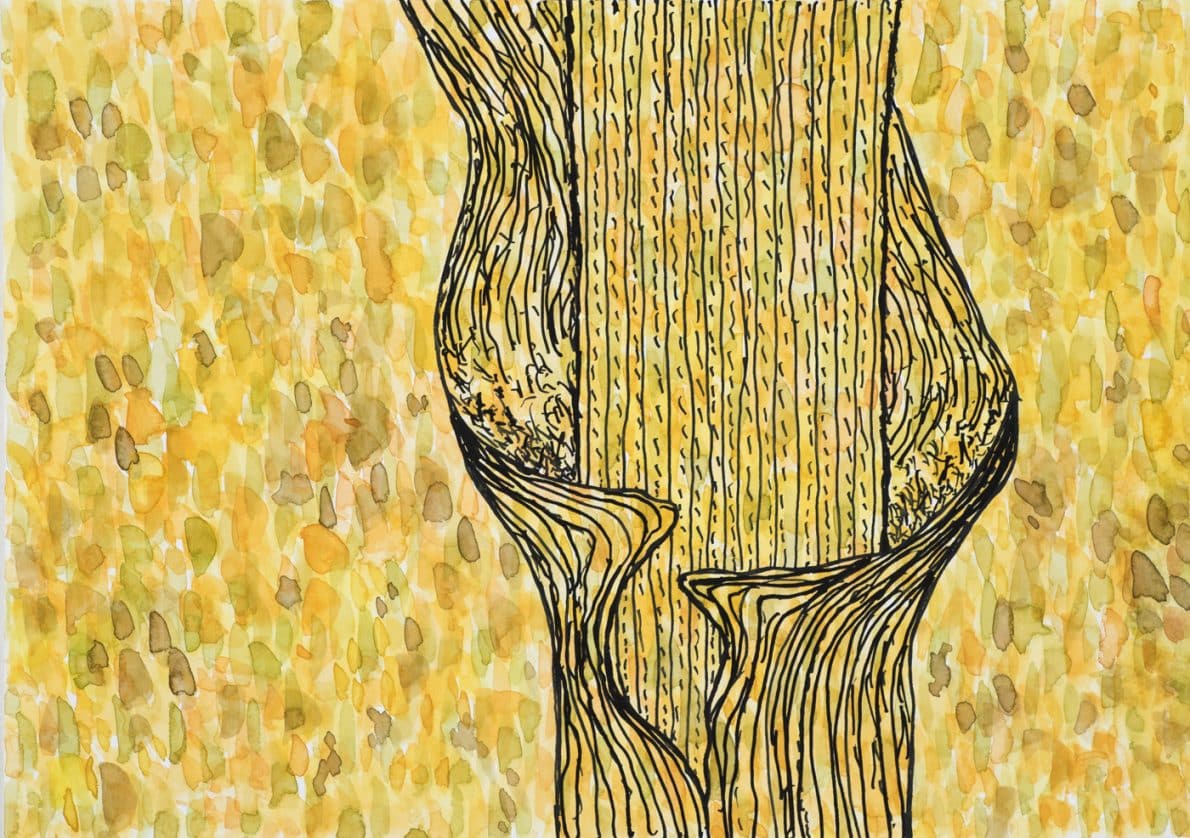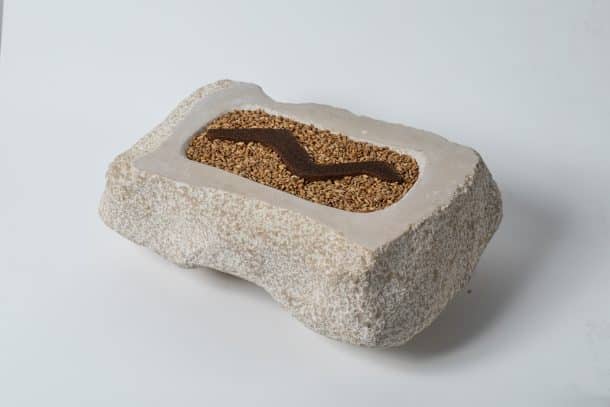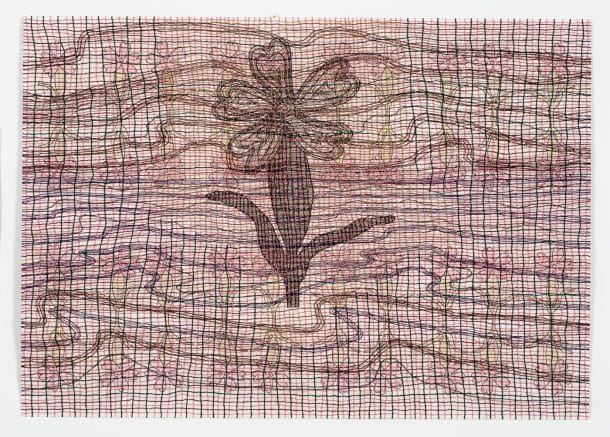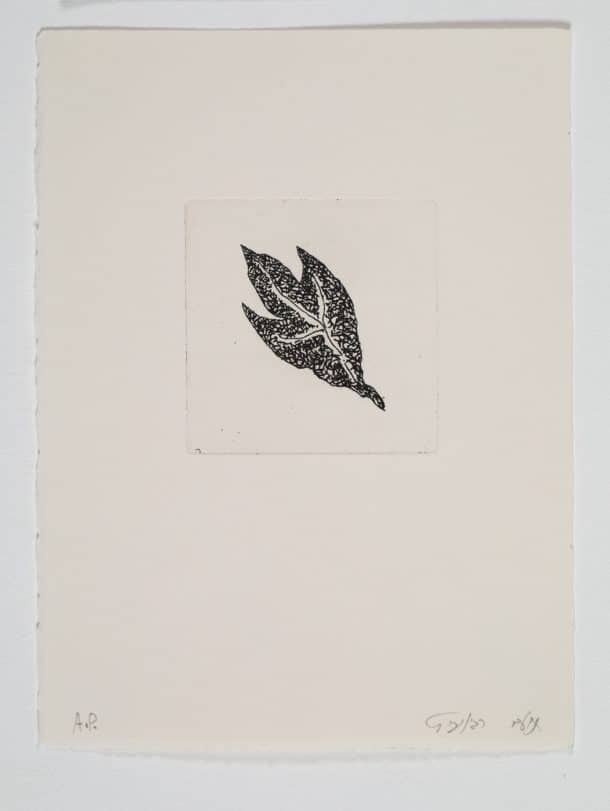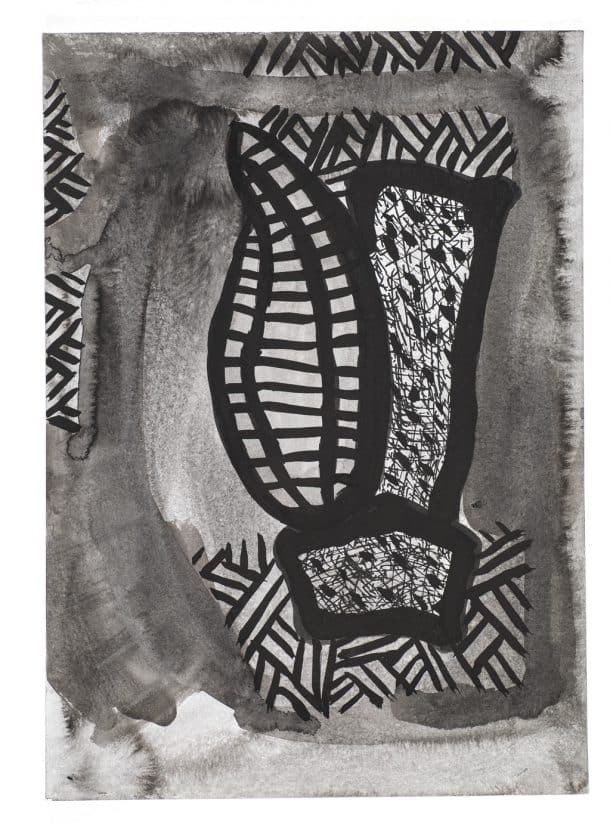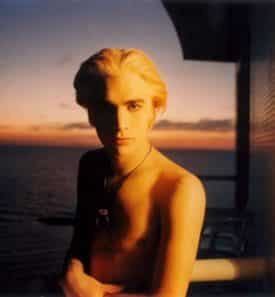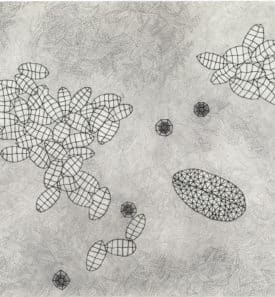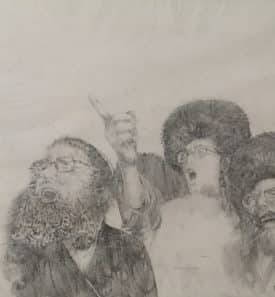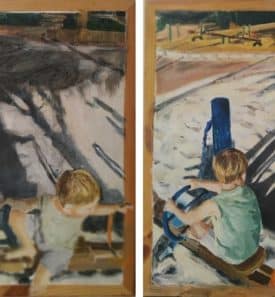The initiative for the exhibition by Noam Rabinovich at the Negev Museum of Art was an unusual step: sowing wheat in autumn 2015 in the museum’s grounds, a project envisaged and executed by the artist.
At that point Rabinovich (b. 1950), who lives and works in Kibbutz Beit Hashita in the Harod Valley, did not know how that move would develop. The museum’s staff, who had tended the wheat for several months until its harvesting, had no idea either. For Rabinovich, it wasn’t an exceptional project: sowing seeds, and planting trees and plants are essential aspects of his artistic outlook – the drive to grow and be inspired through a continual observation process.
Since then Rabinovich has been growing wheat in the museum grounds, with a ‘control group’ outside his studio, and the artistic products of his observations are the focus of the exhibition. Works from previous series, that reflect his interest in the plant world join them. His inquisitive gaze examines the plant’s various parts, dismantling and enlarging the tiny units as if through a microscope; they float on a background rich in images and colours, reflecting the joy of discovery and amazement at nature’s beauty. “The difference between science and what I do,” Rabinovitch says, “is that science needs a conclusion, even if it doesn’t achieve one. For me, science is a crutch for the emotions, which helps me pinpoint the excitement. The need for precise formulation helps me focus on the place of the sensual and the emotional.”
Wheat is not just a plant, but also culture, myths, and visual images. In antiquity, wheat was the main food ingredient in the Mediterranean region. It is frequently cited in the Hebrew Bible and is one of the Seven Species with which the Land of Israel is blessed. Today most wheat in Israel is grown in the Negev. In 1906, Aaron Aaronsohn, the agronomist and botanist of the Land of Israel, discovered wild wheat in the Upper Galilee and proved the connection between wild wheat (‘emmer wheat’) and cultured wheat. He also tried to hybridize the two, pioneering the central approach applied in modern agricultural research.
Prominent among the varied techniques that Rabinovich uses is embroidery, a painstaking handwork that imbues his drawings and paintings with layered materiality. The stone sculptures on display evoke his renowned early works – stone and iron sculptures from the 1980s. Adding wheat grains connects the quasi-ritualistic object with tangible reality, the object of his observations in recent years.
Closing the exhibition are works which have no tangible reality. In his ‘Running Sketches’ series, the artist performs all drawings in the series on one sheet; each drawing is erased and redrawn, and so on. Before being erased, the drawings are scanned and become digital files that accumulate in a video, preserving the sense of passing time, and the actions that were performed. Visitors are invited, as if through the artist’s eyes, to observe the paintings, and the wheat flourishing in the museum’s grounds in the Negev and the courtyard of his studio in Beit Hashita, as it grew there thousands of years ago.
All works are on loan from the artist
Curator: Dr. Dalia Manor
Assistant Curator: Nirit Dahan
Noam Rabinowitz: Wheat
22X19.5 cm
Softcover
90 pages
Editing: Dr. Dalia Manor
Design and production: Yossi Jibri / Trend
Be'er Sheva municipality
directions
Ministry of Culture and Sport

